Steam locomotive manufacturers and aftermarket sound companies have come a long way in producing realistic sound, to a point. These systems usually have a single speaker mounted face down in the floor of the tender. Projecting sound downward and bouncing it off the track and ballast results in heightened bass and low definition between the sound of the engine approaching and passing by.
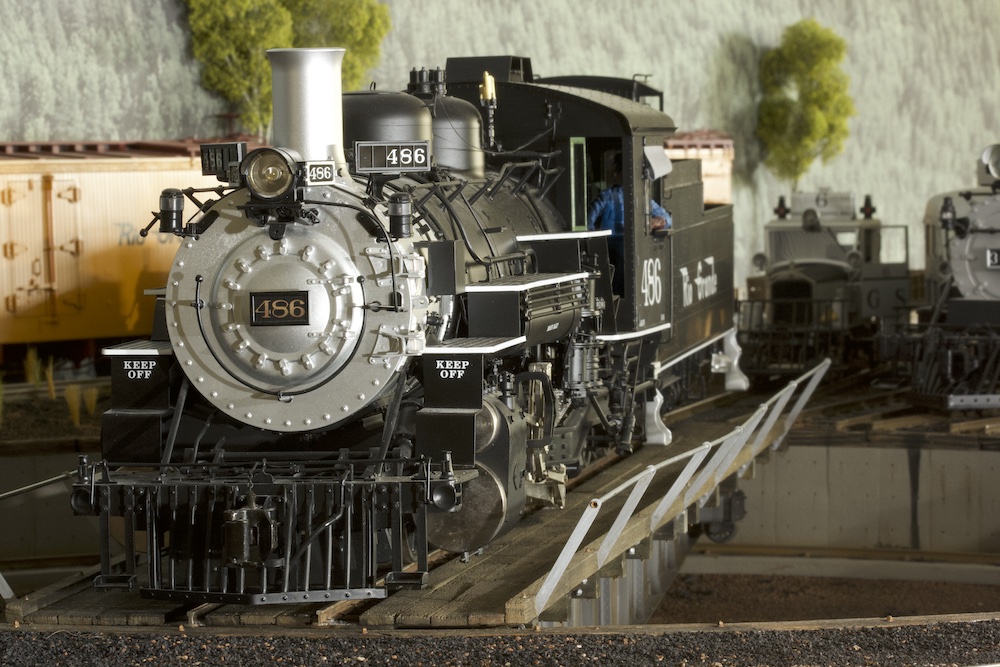
Do a test; have a friend control your locomotive while you close your eyes. You will find there’s no difference in sound when the engine is in forward or reverse.
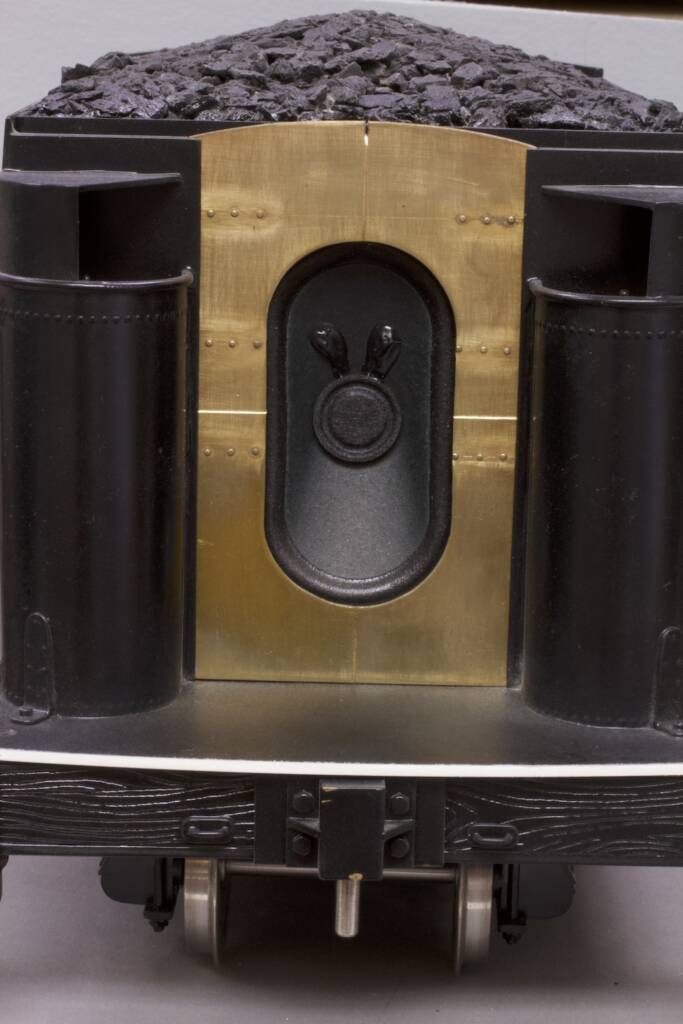
How can you improve the sound? Adding a second, forward-facing speaker in the tender will make a big difference. This speaker will create crisper sounds with less bass because it’s not bouncing off the track and ballast. And bonus, there’s a discernable difference in volume when the engine passes your location, just like the prototype.
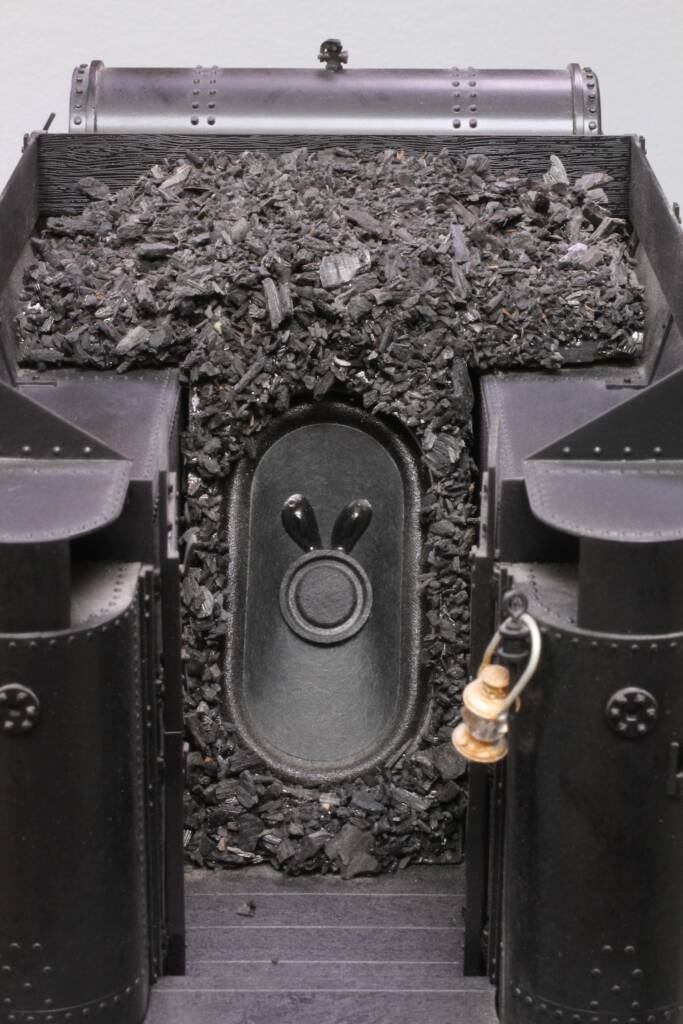
Adding a forward-facing speaker in the tender is not a complicated task and the wiring is simple. All you need is an 8 ohm speaker and an additional wire to each of the existing speaker connections on the sound board. You’ll also need some brass or plastic pieces and some number 8 nuts, bolts, and washers. I used brass for this example.

You can either place the speaker where the coal boards are between the water legs of the tender, or create an insert for mounting a speaker on a slant in the tender’s coal pile. Some black paint and a little coal glued to the insert around the speaker will easily disguise it.
Just about any small 8 ohm speaker will work for this project. My speaker of choice has been an oval 8 ohm speaker available from most sound companies (8Ω, 28.5mm x 40mm [1.12″” x 1.57″”], oval, with 4 mounting ears, 1W RMS). This speaker produces great sound and is a perfect fit for mounting between the water legs of the tender where the coal boards are located, and where the speaker is virtually out of sight. The mounting holes in this speaker accommodate a number 8 nut and bolt.
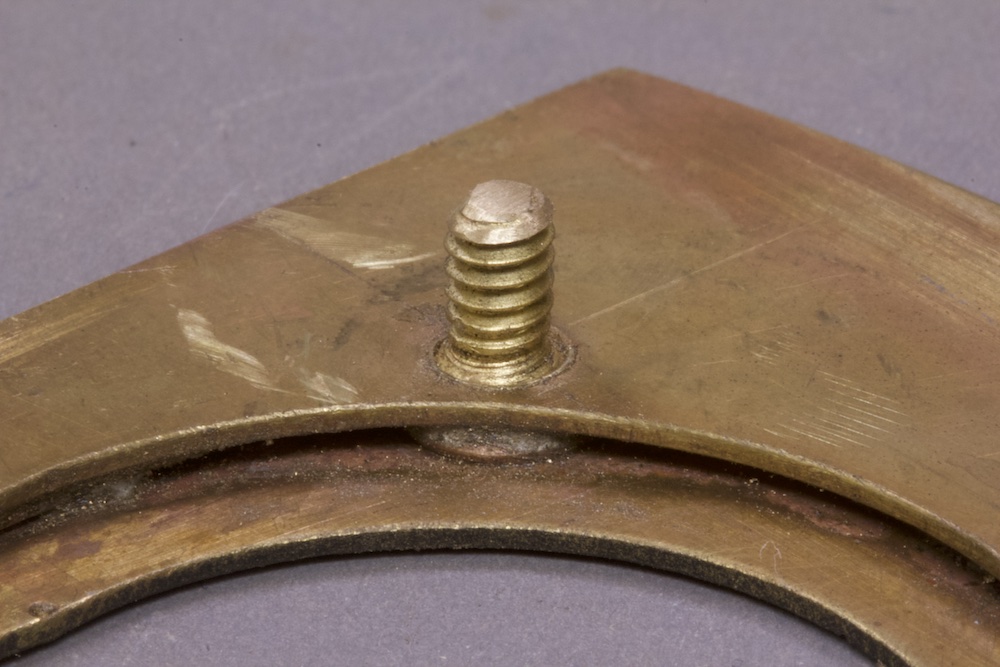
On Accucraft tenders, the coal board is a lift-out brass plate mounted in parallel grooves. Remove the plate and use it as a pattern for your speaker insert. You can replace the original brass plate with a new 1/8” thick bar or create a layered insert using thinner materials. The layered insert or “sandwich” will allow you to have a detailed front piece with no bolt heads.
Bachmann and other conversions will require either drilling/cutting out the area for the speaker in the front of the tender, with the exception of the C-19, which has a lift-out coal board.






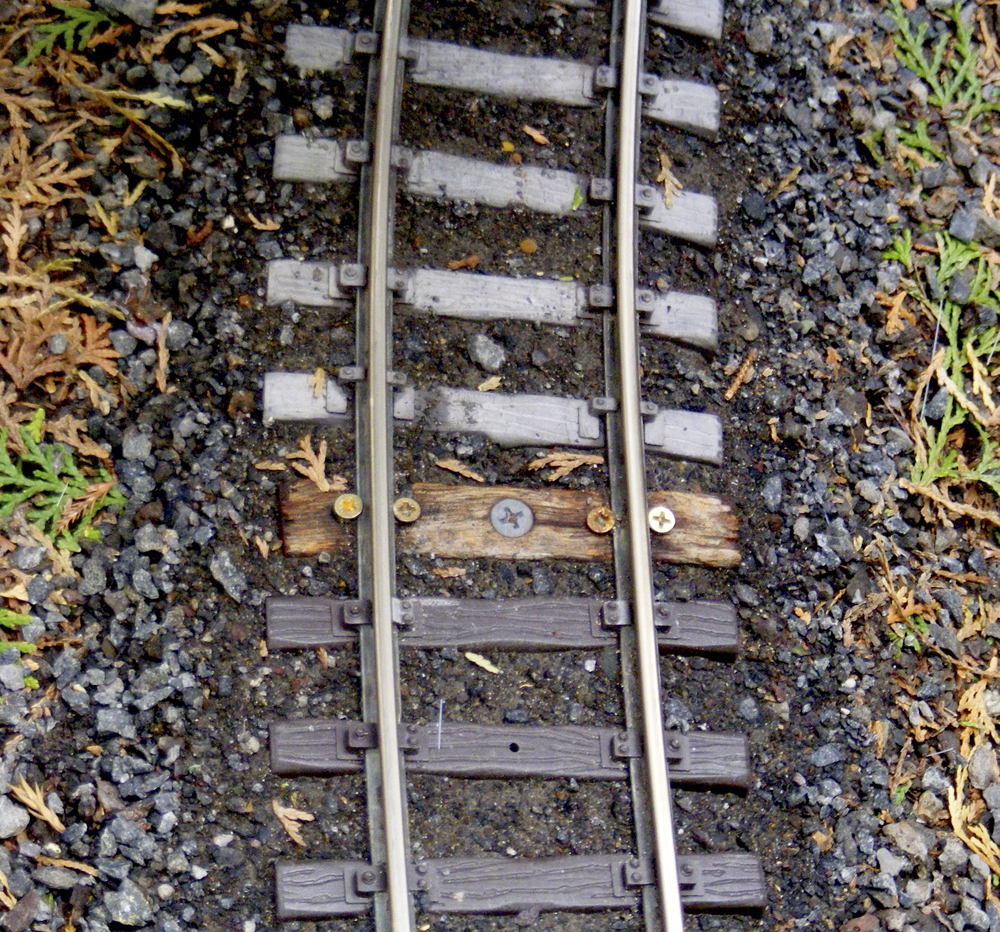
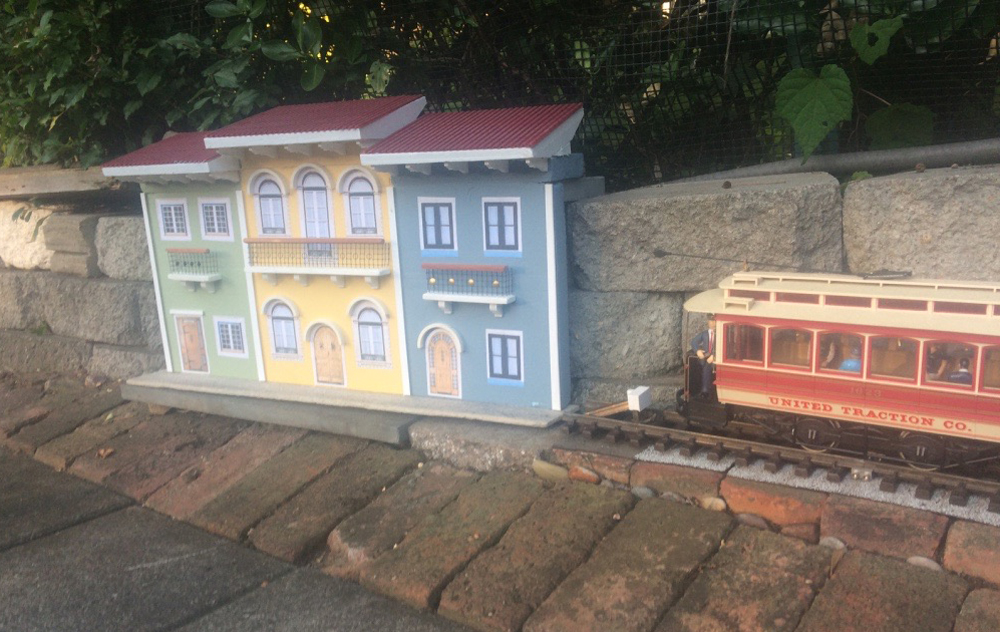
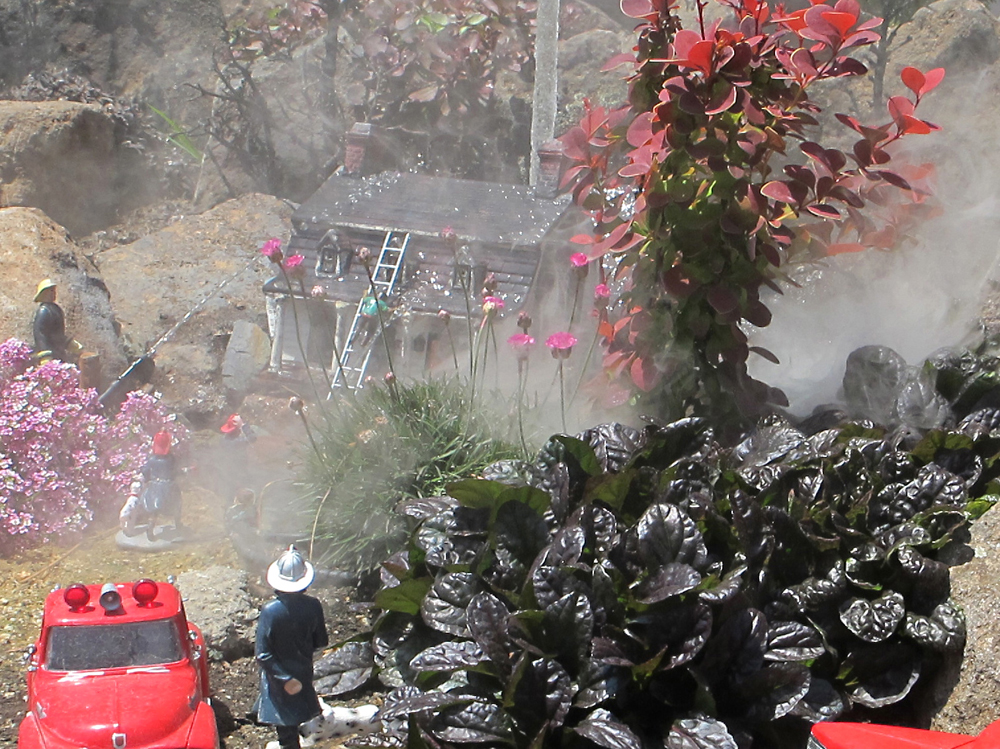
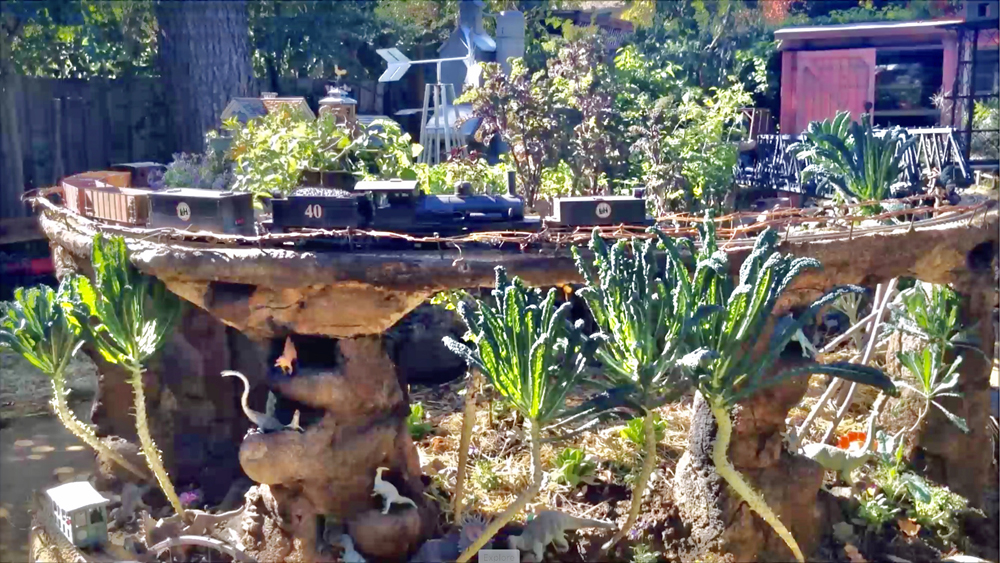
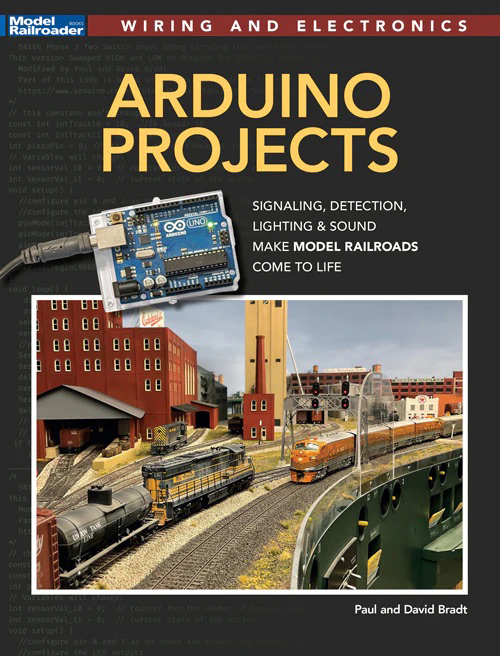
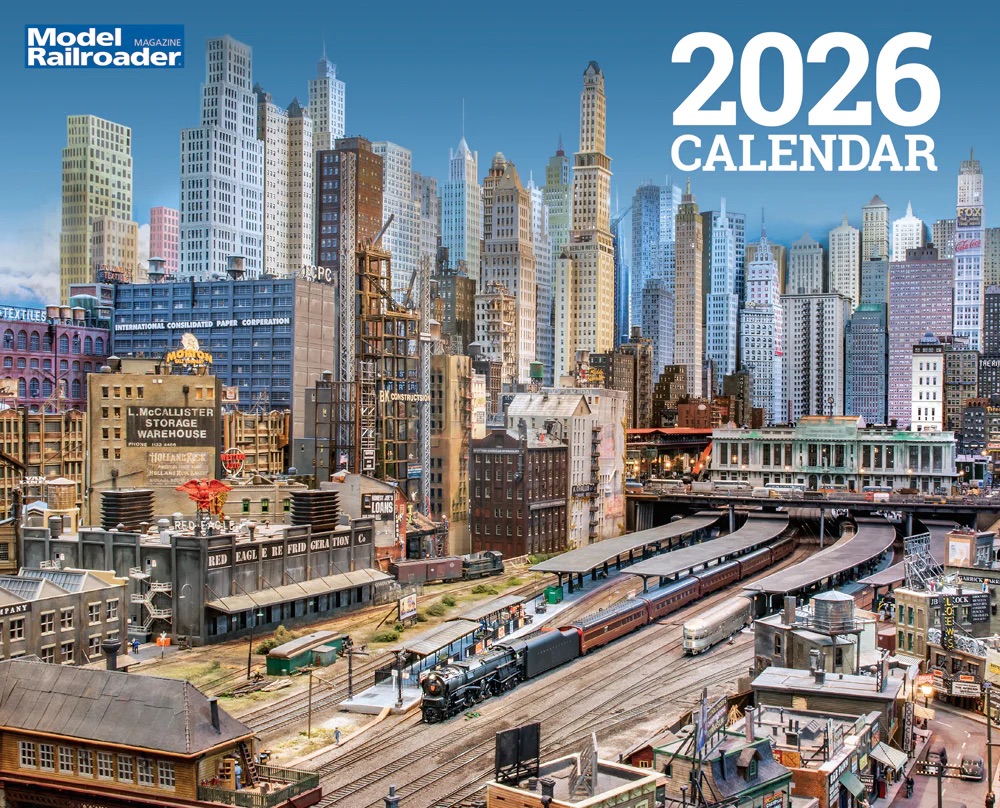
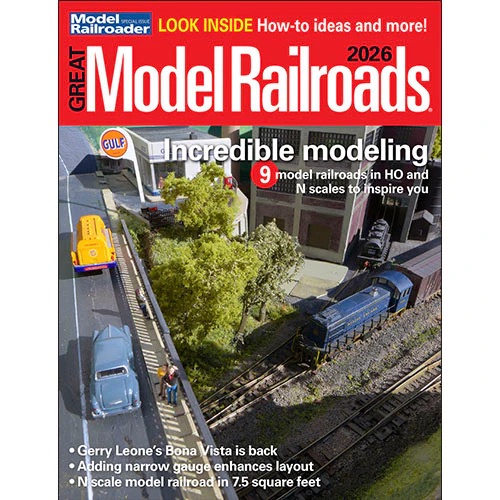
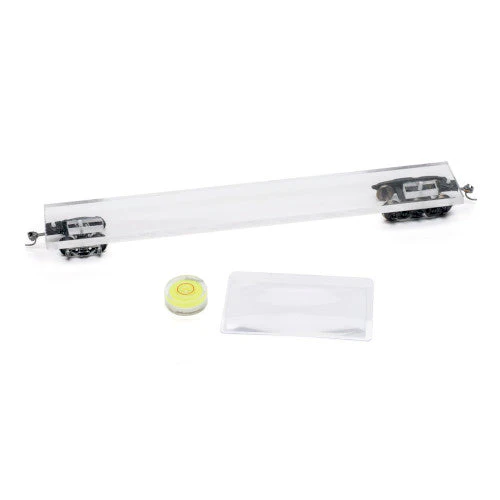
Bass is the complement to Treble. Base is the bottom of something.
I would not use the Phoenix speaker in the example, since the company is gone.
Try a tweeter in the smokebox to better simulate the chuff which would come from the smokestack.